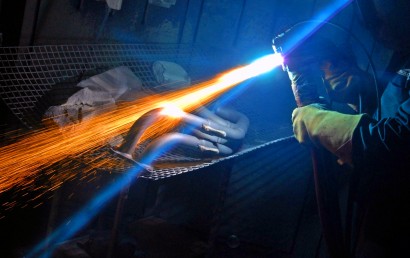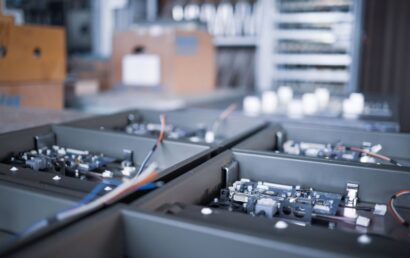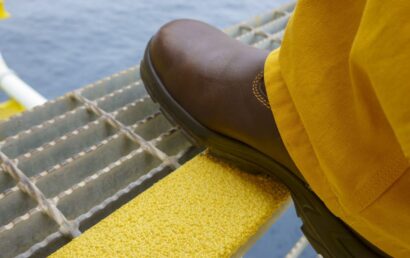Protective Coatings Are Being Used To Extend The Lifespan Of Manholes
The problem: stopping infiltration and inflow involving aging sewer systems and manhole covers. The solution: smart applications and cost-effective, time saving protective coatings.
Out Of Sight Out Of Mind?
Unfortunately, before a city realizes it, problems can be lurking in sewer systems with components that can be anywhere from 115 years old to 90 years old and anywhere in between, over, or under. In cities with rapidly changing weather (i.e., sleet, snow, rain) sewer systems can fall victim to a myriad of problems. In other areas, excessive humidity makes corrosion run rampant. Issues with groundwater contamination, sewage overflows, and other complications of infiltration are real threats that cost cities dearly. Boston, Milwaukee, and cities in Florida are examples of sewer manhole restoration projects.
Over the centuries, deterioration has severely affected manholes, pump stations, interceptors, and sewer lines. Corrosion problems, concrete infrastructure, thawing and freezing cycles – these all wreak havoc on a sewer system. Repairs needed to be done in an economical, expedited manner but, at the same time, the environment needed protection against untreated water. Sewer overflows needed to be minimized, treatment capacity needed to be improved, and aging regional systems needed to be upgraded.
A main source of concern and a relevant project, it was decided, would be to refurbish manholes and their covers. But a project of this magnitude would require highly specialized products, materials, and techniques.
The Process of Manhole Replacement/Refurbishment
Careful surface preparation was involved in the earliest stages of the process. For example, when concrete, precast rings were received by on-site contractors, they were (in order to remove surface laitance) brush blasted. A detailed inspection followed. Any product showing signs of prior patching, voids, or cracks was sent back to the manufacturer as being “rejected due to inferiority”. There would be no room for faulty products.
Manhole rings were replaced (as well as the manhole covers themselves). These rings needed to be coated with protective coatings so that they could avoid problems that the current materials had experienced due to thawing and freezing, concrete infrastructure, corrosion problems, etc. Waterproofing seals and a substrate repair material known for its high-strength characteristics were applied and used to further stop any danger of inflow. Fortunately, corroded walls can be easily rebuilt with this substrate repair material which has been designed specifically for an environment such as sewers.
Once grouting was applied to all seams and refurbishment was complete, vacuum tests were done to guarantee that no leaks were present. Two coats of an epoxy lining system were used as a finishing touch. Once again, these epoxy lining systems involved special formulations that are particular to environments involving wastewater. They are made from catalyzed epoxy polymer.
And, of course, new manhole covers topped off the process to provide the perfect end to a much-needed fix. The new and improved manholes are very nearly artistic in their aesthetic appeal.
Sewer systems are, of course, just the tip of the iceberg when it comes to the many uses of protective coatings. At A&A Coatings, we are familiar with the newest, most advanced techniques and materials. We have a stellar reputation and can help you determine which coating material and process works best for your industry, business, plant, and unique situation. Contact us today to speak to a seasoned professional about thermal spray protective coatings and what they can do for you.



